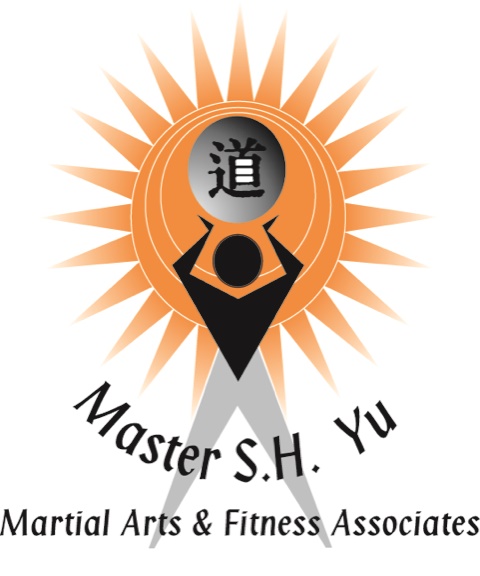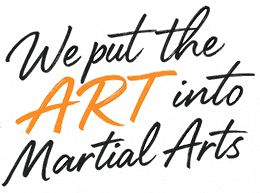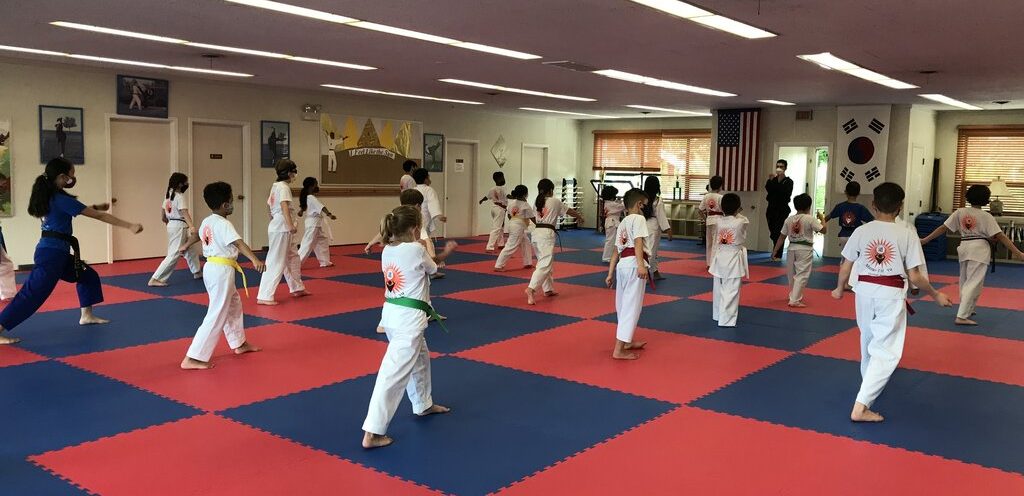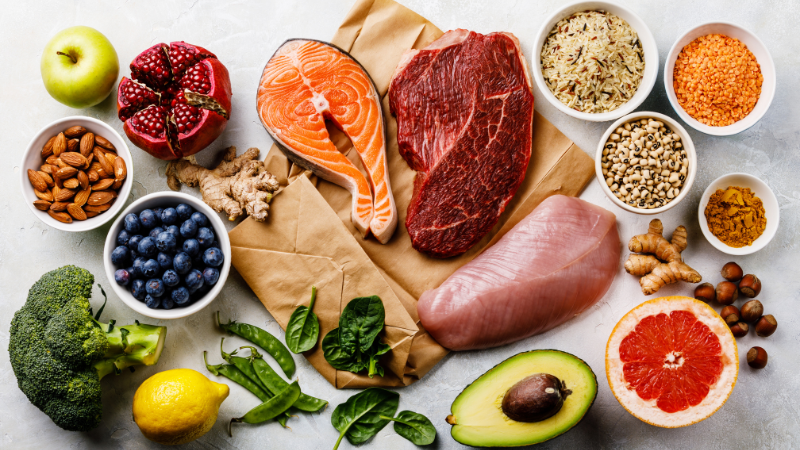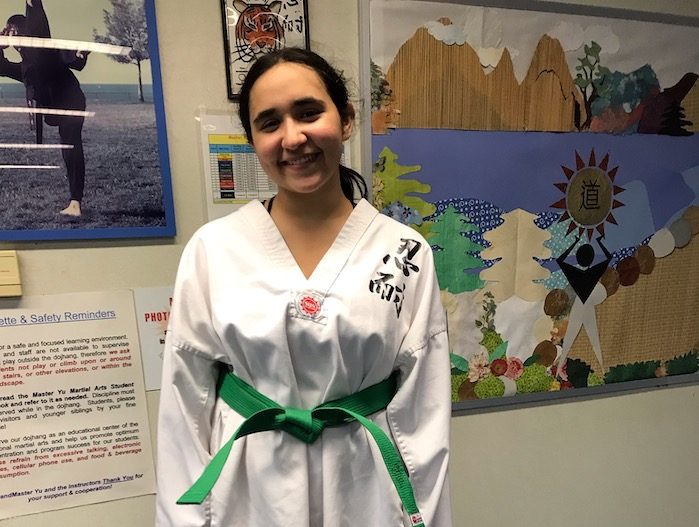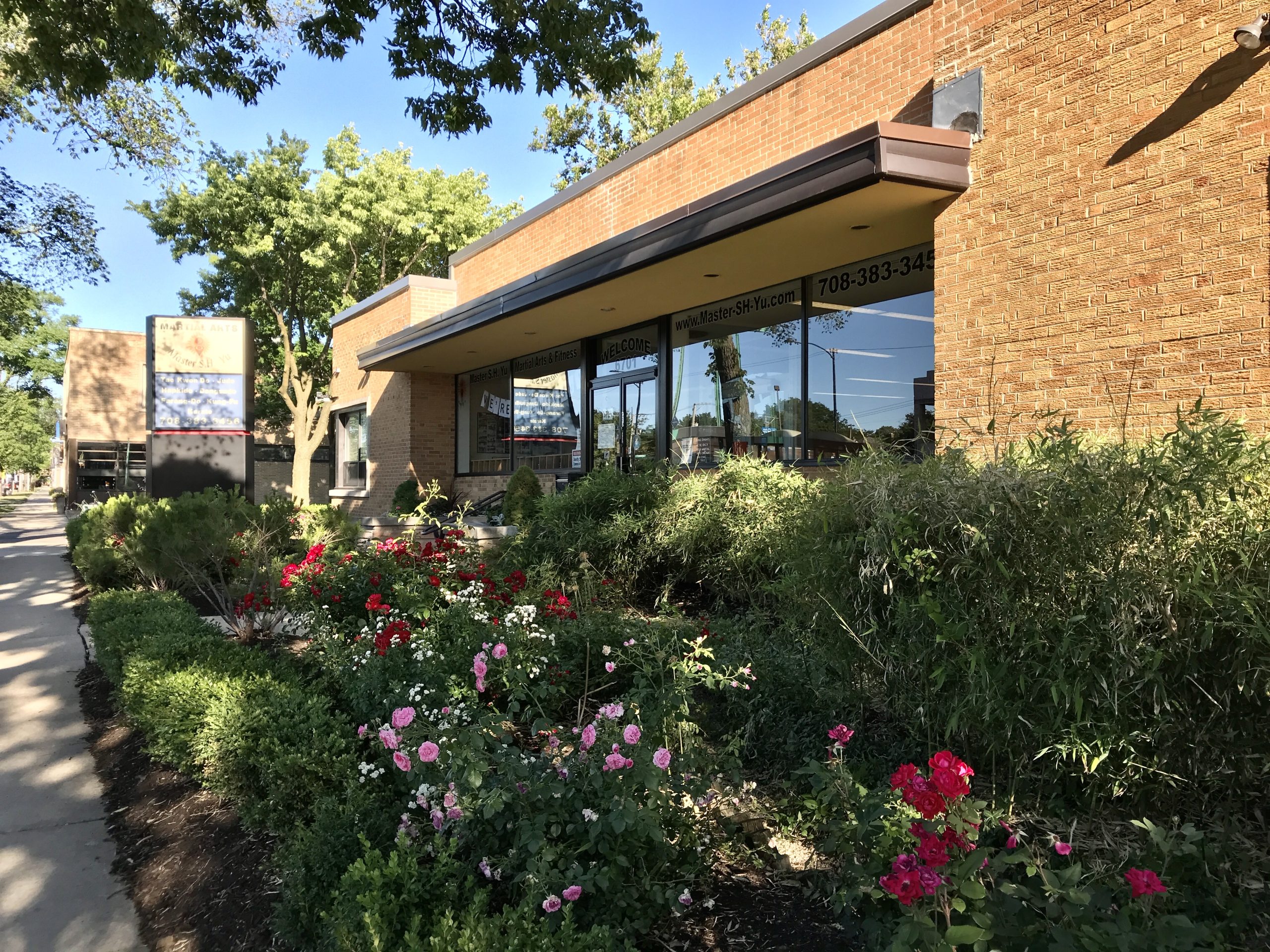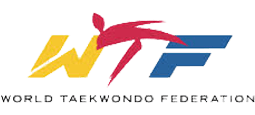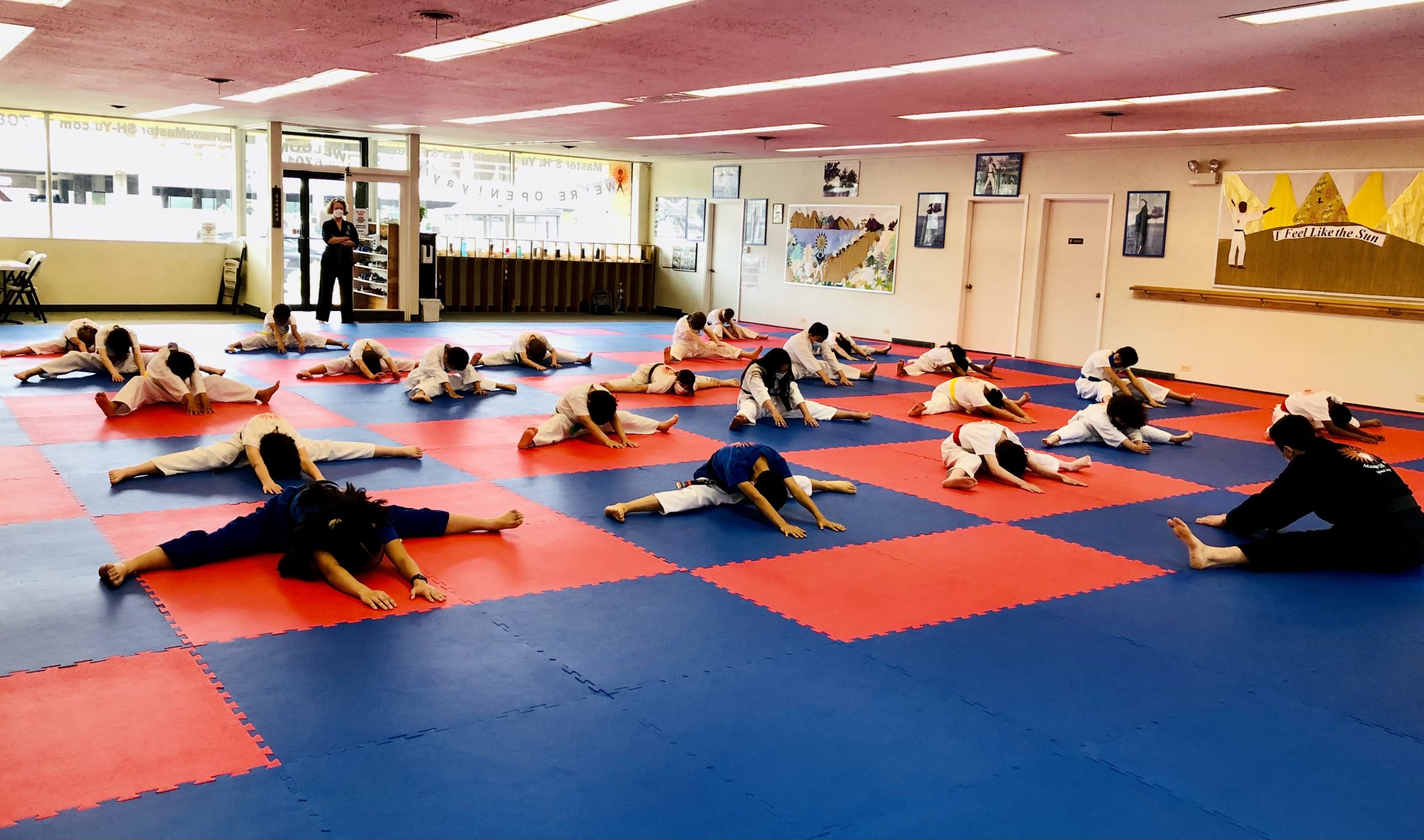
The Importance of Warming Up Before Martial Arts Training
Practicing the martial arts, whether through sparring or participating in a competition, should begin with a warmup. While warmups seem inconsequential, they play a major role in the success of the sparring session or tournament. Here’s why every martial artist should start training with warmups.
Warmups are not intended to build muscle or burn calories. Hence, they seem irrelevant to a discipline like the martial arts. However, every athlete understands the importance of stretching, raising their heart rate, and loosening their muscles before performing a strenuous physical activity.
Without adequately warming up the muscles and the rest of the body, the martial arts student fails to prepare himself for successful training. This could lead to problems, such as muscle discomfort, strain or injury. Warmups also prepare the heart and lungs for the upcoming training session.
A student who engages in warmups prior to training prepares his body for the intense aerobic activity associated with martial arts training. They slowly rev up the cardiovascular system, increase blood flow to muscles and raise the body temperature in preparation for the greater demands of training, not to mention promoting flexibility and mobility!
Martial arts instructors should supervise the warmups to ensure proper technique is utilized and to prevent possible injuries. A student who has already sustained an injury or is in physical pain is advised to consult a doctor before stretching and performing other warm-up exercises.
How do warmups prepare the student for training?
1. Warmups improve endurance
The martial arts student who warms up before training experiences several benefits. Warmups increase the temperature of blood as it travels through the muscles. Oxygen then becomes more readily available to working muscles. Blood temperature rises, thereby improving the student’s endurance.
2. Warmups enhance speed and strength
Students who warm up before starting martial arts training reduce their risk of overstretching their muscles and causing injury. With warmups, muscle temperature increases. Warm muscles forcefully contract and quickly relax. Additionally, as body temperature increases with warmups, muscle elasticity improves.
3. Warmups boost energy production
Hormones, such as cortisol and epinephrine, are responsible for energy production. During warmups, the martial arts student’s body increases his production of these hormones. The balance of hormones ensures carbs and fatty acids are readily accessible for the production of energy.
4. Warmups prepare the student mentally
Jumping headfirst into martial arts training without sufficiently warming up can lead to quitting when the training becomes difficult. Preparation for training should not only be mental, but physical. Students must think about their techniques while warming up, preparing their mind and body to succeed.
5. Warmups increase flexibility
Regular warmups should be followed by stretching. Blood flow to the muscles increases with each session of stretching. In turn, the body’s flexibility increases in both the short- and long-term. Stretching should be done after warming up, as warm muscles reduce the risk of injury.
What are examples of warmups?
Martial arts students should start with movements that work the larger muscles in the body. Examples of recommended general movements are active squats, high knees (knee-hugs!), and our favorite Ninja-Jacks, “I-am-Very-Hap-py!”. These types of active movement and core work warm the muscles and joints, preparing the student for specific stances and martial arts drills.
Start the warmups slowly and use less intensity. After performing general movements, shift to more specific ones that will be the focus of the upcoming training. As heart rate and body temperature increase, the intensity of those movements should also increase.
Depending on the intensity of the martial arts training session, warmups should last for about 5 to 10 minutes. Avoid static stretching, which is when the student stays in one position. Stretching a cold muscle can lead to greater chances of injury from pulls and tears.
Dynamic stretching is advised, instead. Students who engage in this type of stretching move continuously through a range of motion. Kicking the legs forward or touching toes, and then reaching upward are examples of stretches that do not hold a single position. Again, stretch after warmups.
Students can add variety to their warmups to stay motivated. Mix and match various warmups, such as ankle bounces, arm circles, bicycle kicks, and burpees. Martial arts students can also include flutter kicks, hip circles, jumping jacks, knee circles, and lateral jumps.
Add interest to an existing warmup routine by including a variety of jumps: lunge jumps, rotational jumps and squat jumps. Stretch kicks, torso twists, pushup variations, walking knee hugs, windmills, and walking lunges are excellent additions to a martial arts student’s warmup routine.
A perfect warmup routine can only be developed after a long process of practice, experimentation, and experience. The martial arts student is advised to try warming up in different ways and in differing intensities in order to find out what works best.
While warming up is crucial before training in the martial arts, the training itself is equally important. When you seek a high-quality martial arts program, look no further than Master S.H. Yu Martial Arts. We offer lessons in the traditional martial arts, and our classes are geared toward every age. Supreme GrandMaster Yu has developed a sequence of active warmups, stretching and core work to challenge and prepare students of every age and level. Continuously refined through his own training, our warmups give you results, and motivate you to excel in skill building and study! Students have reported, through the years, how incredibly valuable this warmup/stretching sequence has been to their longevity, range of motion, and lifelong mobility.
Martial arts classes at our world class facility are taught to children grade K-8. Additionally, we teach teens the fundamentals of the martial arts and provide classes to develop proper technique in adults. We also offer a martial arts and self-defense program to students of all ages.
SupremeGrandMaster Yu is our esteemed martial arts teacher and founder. He teaches a wide variety of martial arts disciplines, such as Hapkido, Tae Kwon Do, Judo, Karate, and Kung Fu. Students interested in learning how to handle traditional martial arts weaponry will find quality instruction from Sr. GrandMaster Yu in our artistic weaponary and swordsmanship workshops and classes.
Students enrolled in martial arts training at Master S.H. Yu Martial Arts develop, not only proper technique including the unity of mind, body and spirit. Learning the martial arts is a lifelong journey, one that we encourage you to start at our beautiful martial arts school.
Whether you are starting out on your martial arts journey or have taken classes before, you’ll learn from a Legend at Master S.H. Yu Martial Arts! We invite residents of Oak Park, Illinois and the surrounding areas to visit us and see firsthand how martial arts training will benefit you.
Give us a call at (708) 383-3456 or pre-register online to get started on your martial arts journey.
